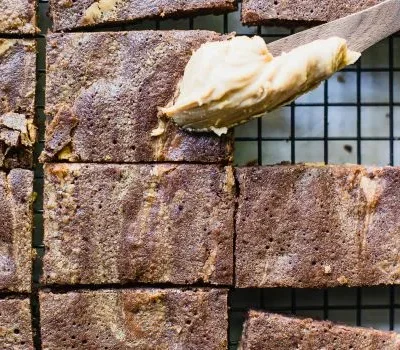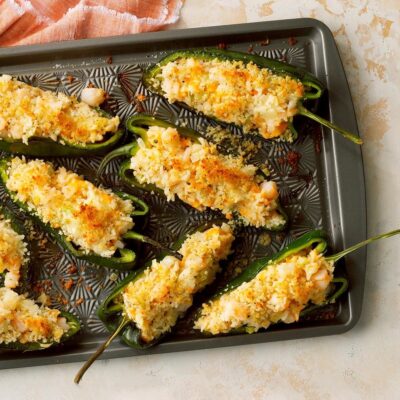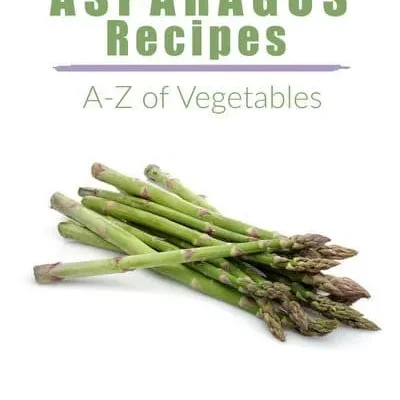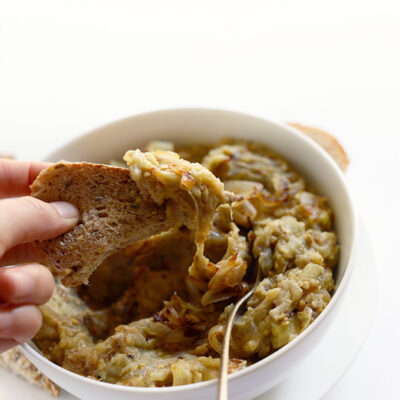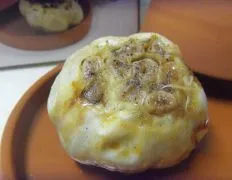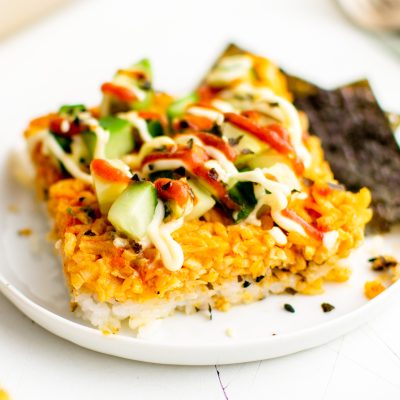Ingredients
-
-
6
-
1 1/2
-
3
-
2
-
6
-
1/2
-
1/2
-
1 1/4
-
6
-
3/4
-
2
-
-
-
Directions
Caponata With Fennel, Olives and Raisins, Caponata is a Sicilian specialty typically served as a relish or side dish It also works as an appetizer on bread rounds Roberta Gangi: Few salads epitomize Sicilian cuisine as much as caponata, which probably takes its name from an essential ingredient (though not the principal one), capers Like so much of Sicilian cuisine, caponata comes to us from the Arabs Indeed, a case could be made that their contributions to Sicilian food, and to some extent the Sicilian language, are the Arabs’ most enduring legacy in the living culture of twenty-first century Sicily There are various recipes for caponata; some include artichokes or sweet peppers In order of amount, the necessary ingredients are eggplants (aubergines), celery, green olives, tomatoes (a modern addition), onions, capers, virgin olive oil, vinegar, sugar The ingredients must be prepared carefully The celery, for example, should not be overcooked and must remain firm The cured or salted capers must be thoroughly rinsed The aubergines may be steamed slightly and then sauted, though some purists prefer frying The histories of human migrations are full of agricultural introductions; domesticated wheat probably arrived in Sicily only around 7, 000 BC Like many fruits and vegetables, aubergines (Solanum Melongena) may have been known to the ancient Romans, perhaps as something encountered on the eastern fringes of their Empire The eggplant is native to southern India It was introduced in the Mediterranean region by the Arabs in their rapid expansion ever westward from the Middle East Chilled caponata, with its slightly exotic aroma and taste, is the perfect complement to the cold salads of summer, but is enjoyable year round If somebody in Sicily offers you Baroque caponata they plan to sprinkle powdered unsweetened Modica Chocolate over it just before serving –an interesting touch but not welcome by all diners Here’s a basic recipe , Caponata is a Sicilian specialty typically served as a relish or side dish It also works as an appetizer on bread rounds Roberta Gangi: Few salads epitomize Sicilian cuisine as much as caponata, which probably takes its name from an essential ingredient (though not the principal one), capers Like so much of Sicilian cuisine, caponata comes to us from the Arabs Indeed, a case could be made that their contributions to Sicilian food, and to some extent the Sicilian language, are the Arabs’ most enduring legacy in the living culture of twenty-first century Sicily There are various recipes for caponata; some include artichokes or sweet peppers In order of amount, the necessary ingredients are eggplants (aubergines), celery, green olives, tomatoes (a modern addition), onions, capers, virgin olive oil, vinegar, sugar The ingredients must be prepared carefully The celery, for example, should not be overcooked and must remain firm The cured or salted capers must be thoroughly rinsed The aubergines may be steamed slightly and then sauted, though some purists prefer frying The histories of human migrations are full of agricultural introductions; domesticated wheat probably arrived in Sicily only around 7, 000 BC Like many fruits and vegetables, aubergines (Solanum Melongena) may have been known to the ancient Romans, perhaps as something encountered on the eastern fringes of their Empire The eggplant is native to southern India It was introduced in the Mediterranean region by the Arabs in their rapid expansion ever westward from the Middle East Chilled caponata, with its slightly exotic aroma and taste, is the perfect complement to the cold salads of summer, but is enjoyable year round If somebody in Sicily offers you Baroque caponata they plan to sprinkle powdered unsweetened Modica Chocolate over it just before serving –an interesting touch but not welcome by all diners Here’s a basic recipe
Discover ground-breaking new supplements! SHOP & SAVE
Steps
|
1
Done
|
Heat Oil in Heavy Large Pot Over Medium-High Heat. Add Eggplant, Bell Peppers, Fennel, and Garlic; Saut Until Eggplant Is Tender, About 10 Minutes. |
|
2
Done
|
Add Olives and Raisins, Then Mix in Tomato Sauce and Vinegar. Cover, Reduce Heat to Medium-Low, and Simmer 15 Minutes, Stirring Occasionally. |
|
3
Done
|
Uncover and Simmer Until Caponata Is Thick and Vegetables Are Tender, Stirring Occasionally, About 15 Minutes Longer. Mix in Basil. |
|
4
Done
|
Season Caponata to Taste With Sugar, Salt and Pepper. (can Be Made 1 Day Ahead. Cover and Refrigerate.) Serve at Room Temperature. Makes 6 Cups. |






